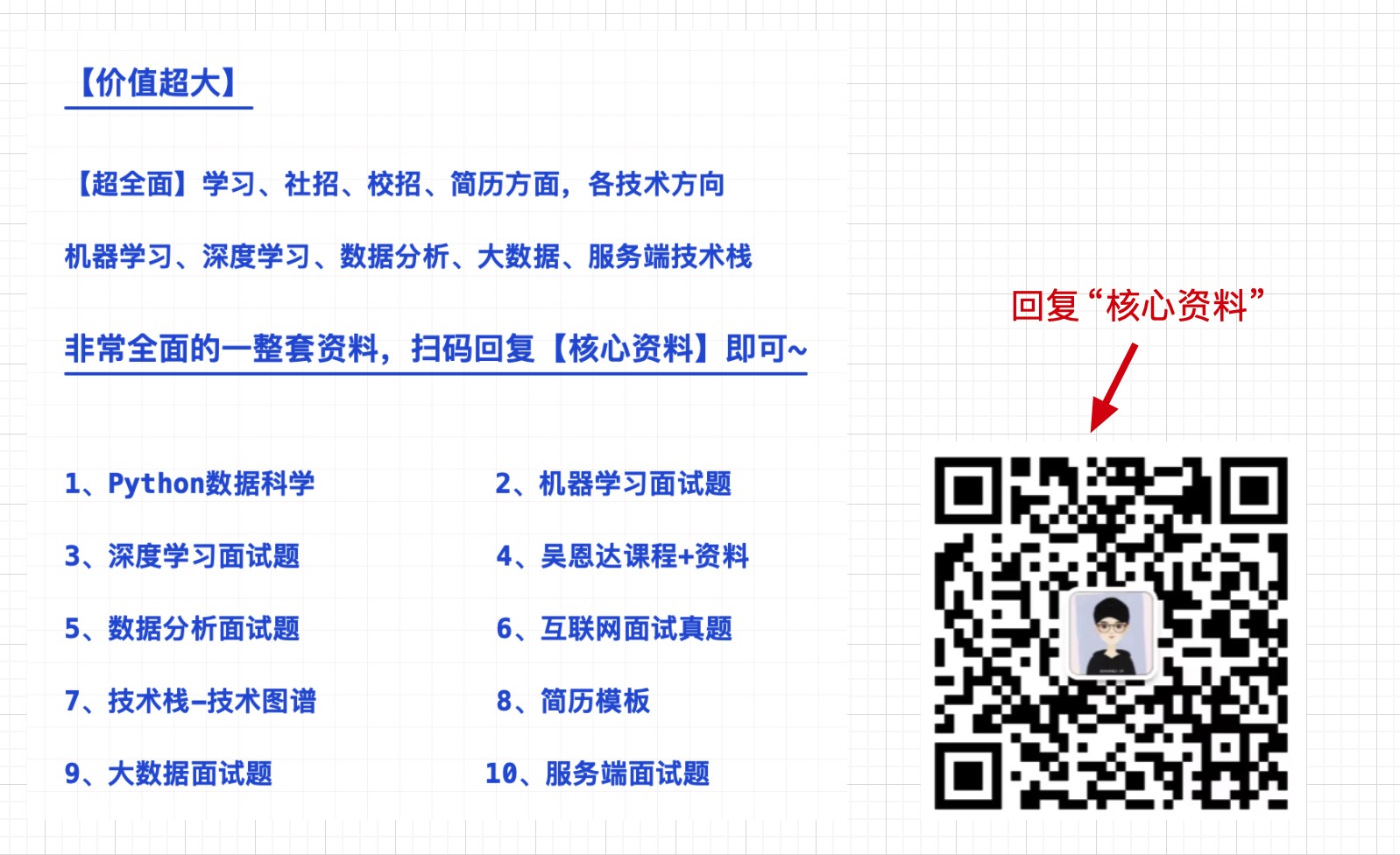标题
Continual Object Detection: A review of definitions, strategies, and challenges
摘要
The field of Continual Learning investigates the ability to learn consecutive tasks without losing performance on those previously learned. Its focus has been mainly on incremental classification tasks. We believe that research in continual object detection deserves even more attention due to its vast range of applications in robotics and autonomous vehicles. This scenario is more complex than
conventional classification given the occurrence of instances of classes that are unknown at the time, but can appear in subsequent tasks as a new class to be learned, resulting in missing annotations and conflicts with the background label. In this review, we analyze the current strategies proposed to tackle the problem of class-incremental object detection. Our main contributions are: (1) a short and systematic review of the methods that propose solutions to traditional incremental object detection scenarios; (2) A comprehensive evaluation of the existing approaches using a new metric to quantify the stability and plasticity of each technique in a standard way; (3) an overview of the current trends within continual object detection and a discussion of possible future research directions.
持续学习领域研究学习连续任务而不丧失先前学习的能力。其重点主要是增量分类任务。我们相信,由于连续目标检测在机器人和自动驾驶车辆中的广泛应用,其研究值得更多关注。由于出现了当时未知的类实例,但可以在后续任务中作为要学习的新类出现,导致注释缺失和与背景标签冲突,因此该场景比传统分类更复杂。在这篇综述中,我们分析了当前提出的解决类增量对象检测问题的策略。我们的主要贡献是:(1)对提出传统增量目标检测方案的方法进行了简短而系统的回顾;(2) 对现有方法进行综合评估,使用新指标以标准方式量化每种技术的稳定性和可塑性;(3) 概述了连续目标检测的当前趋势,并讨论了未来可能的研究方向。
连续学习的一般场景

类别增量目标检测的示意图

; CIOD算法的常见策略
Research to overcome catastrophic forgetting is as old as the own field of neural networks [26, 2], but previously had its focus on solving the problem for shallow networks. When dealing with deep architectures, the main methods have been commonly
divided into three families of techniques based on: parameter isolation, regularization, and replay [20].
克服灾难性遗忘的研究和[26,2]这个自己的神经网络领域一样古老,但以前它的重点是解决浅层网络的问题。在处理深度架构时,主要的方法通常被分为三类技术:参数隔离、正则化和重放[20]。
知识蒸馏 Knowledge Distillation
As mentioned previously, Shmelkov et al. [7] introduced the first work to deal with the CIOD problem through the use of
“vanilla” knowledge distillation. The authors adapted the Fast-RCNN architecture to learn incrementally by using a copy of
the network trained on the base classes as the teacher and another as the student. The teacher has its weights frozen and
the student has to not only detect the newly introduced categories but also repeat the distribution of responses of the frozen
teacher. This behavior is achieved by using an additional regularization loss based on the bounding box predictions and logits produced by both networks, inspired by the work of Li and Hoiem [32]. Since they were the first to propose a strategy for
this problem, most consecutive papers built solutions on top of their initial regularization approach and compared them to it.
重放 Replay
参数隔离 Parameter Isolation
伪标签 Pseudo-Labels
外部数据 External Data
元学习 Meta-Learning
评估指标



Original: https://blog.csdn.net/weixin_42155685/article/details/126323638
Author: 北岭狼人
Title: 连续目标检测综述 Continual Object Detection: A review of definitions, strategies, and challenges
原创文章受到原创版权保护。转载请注明出处:https://www.johngo689.com/682585/
转载文章受原作者版权保护。转载请注明原作者出处!

